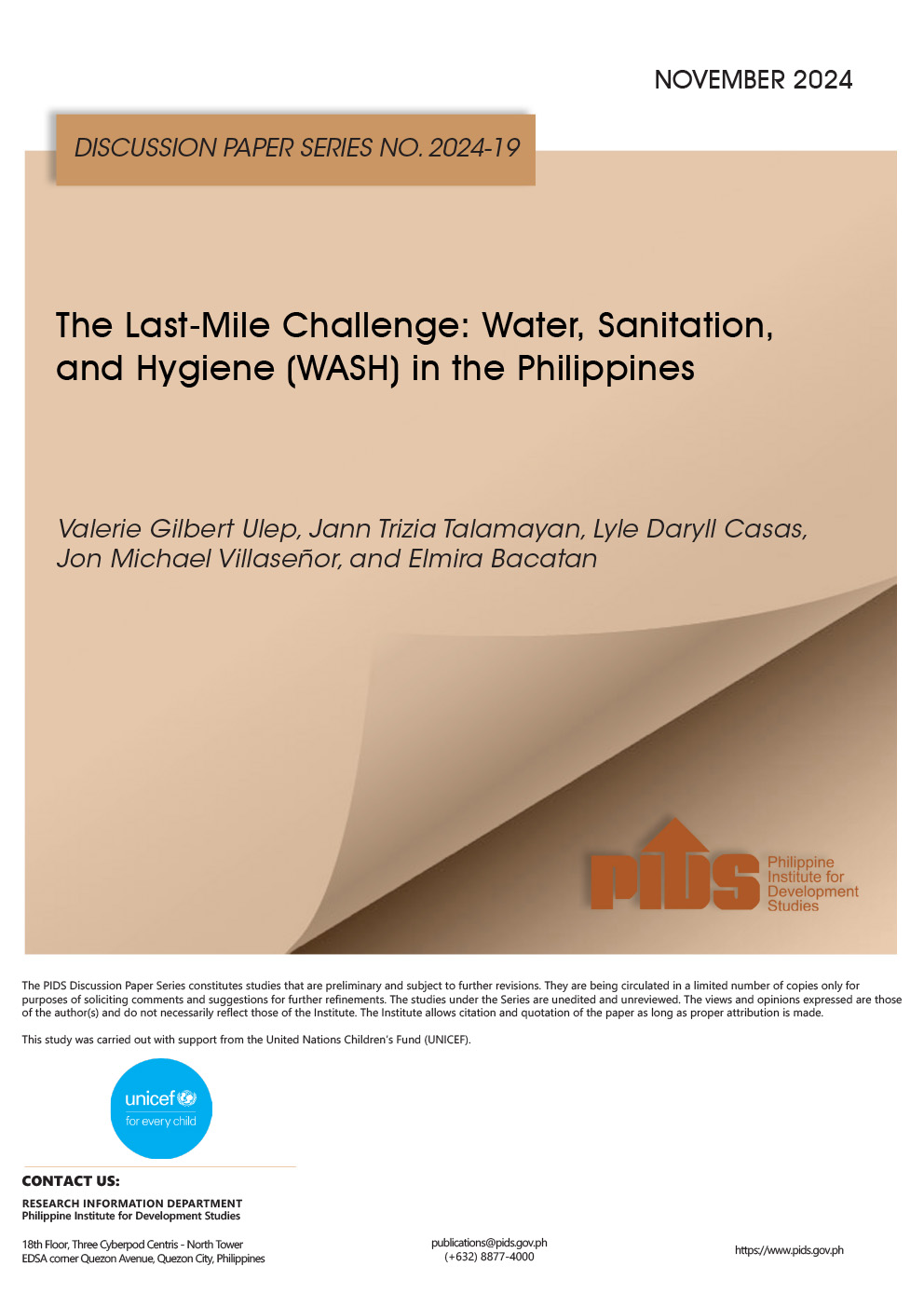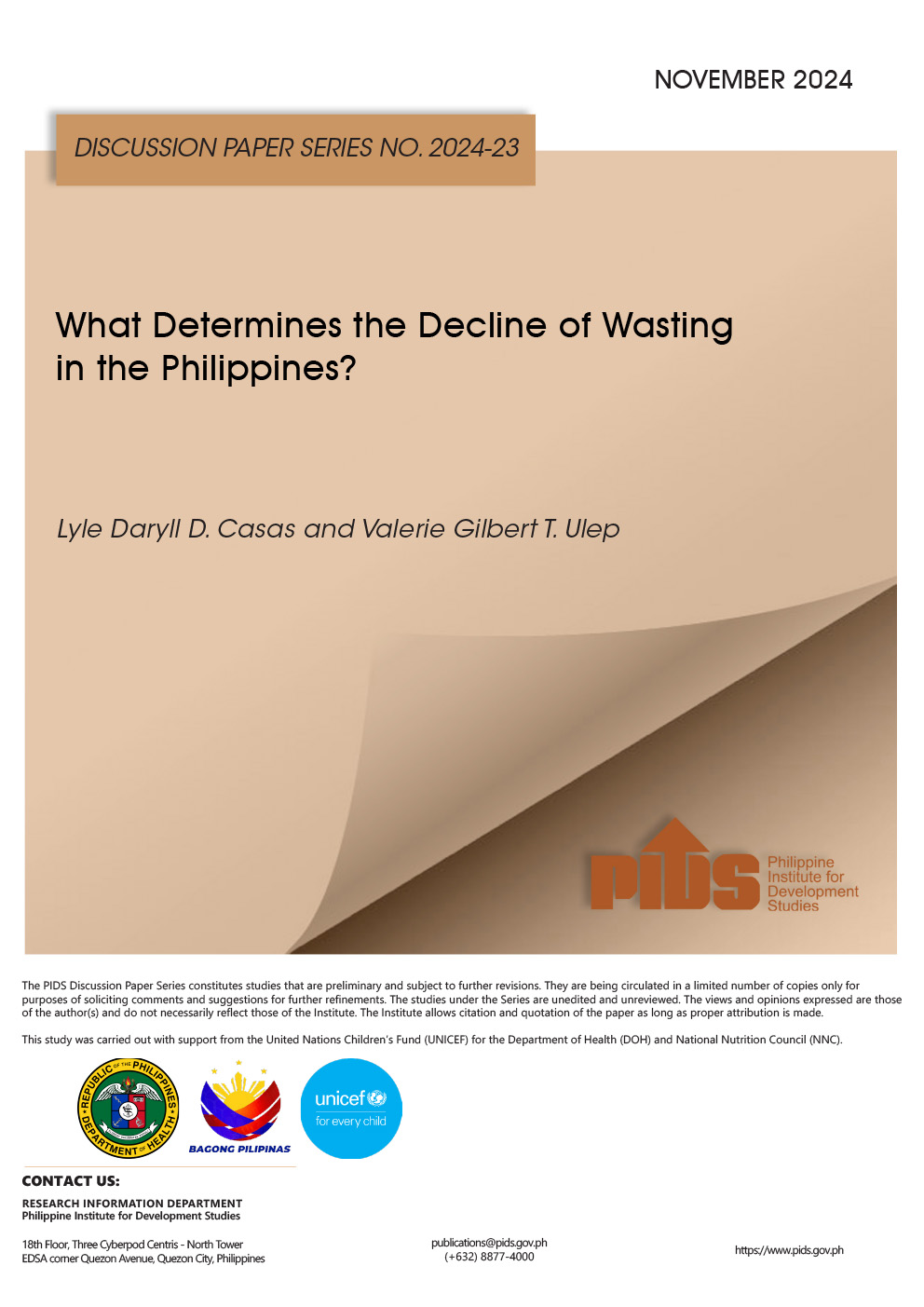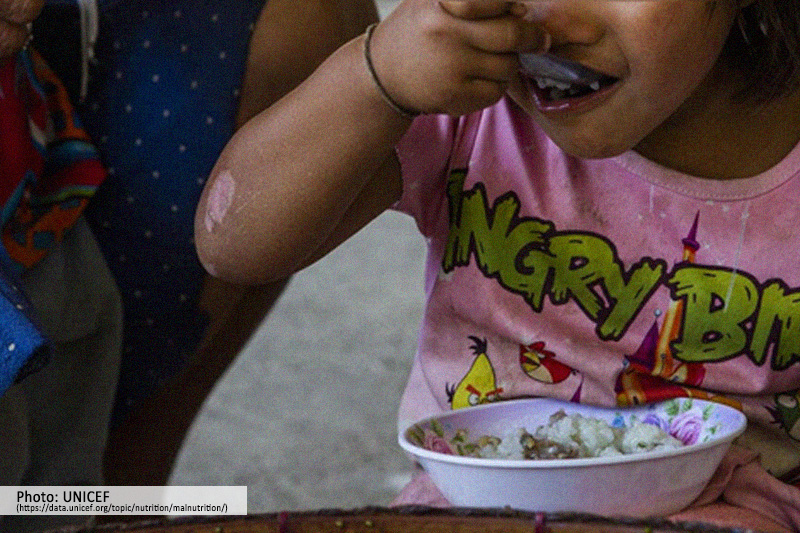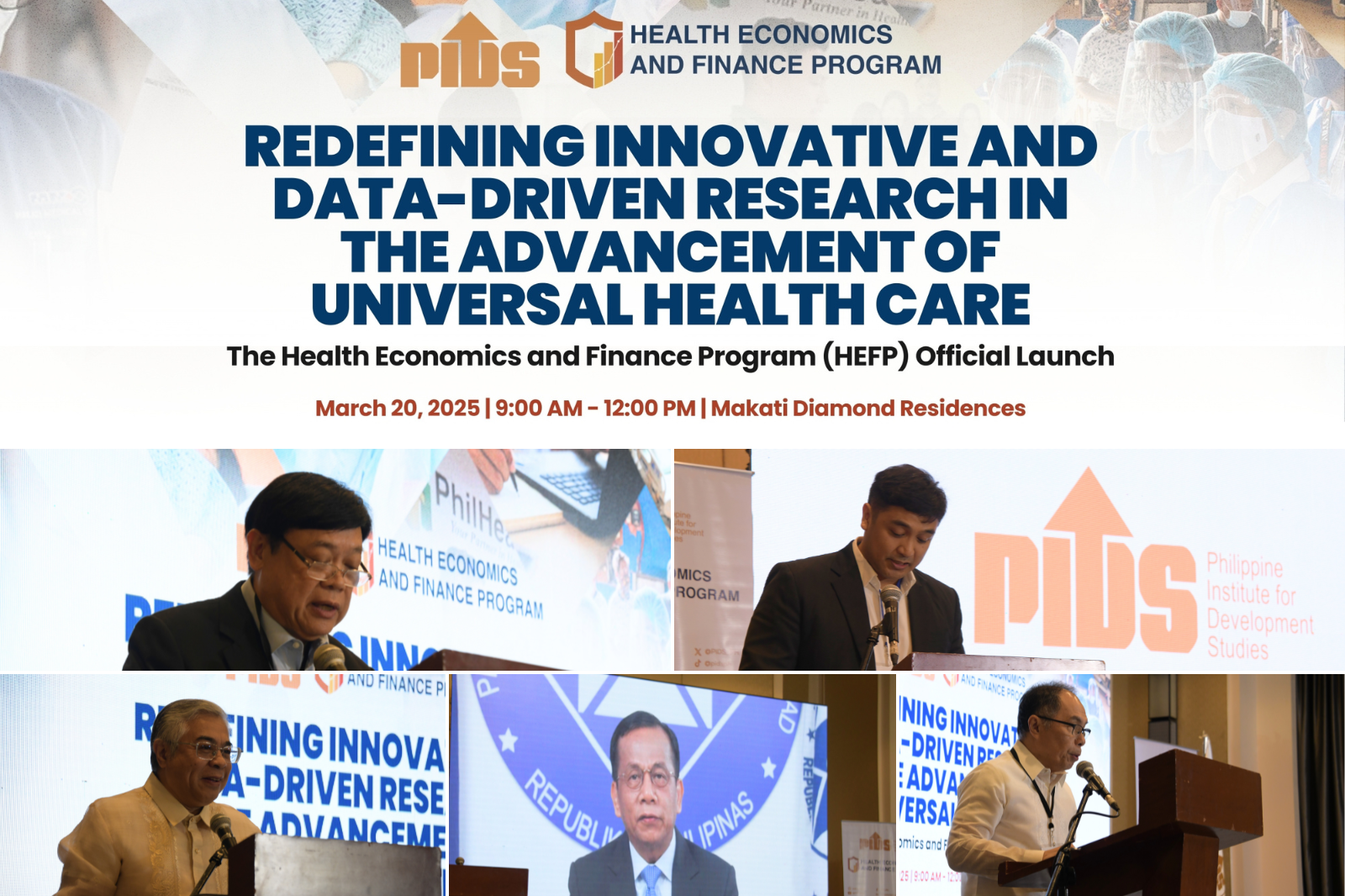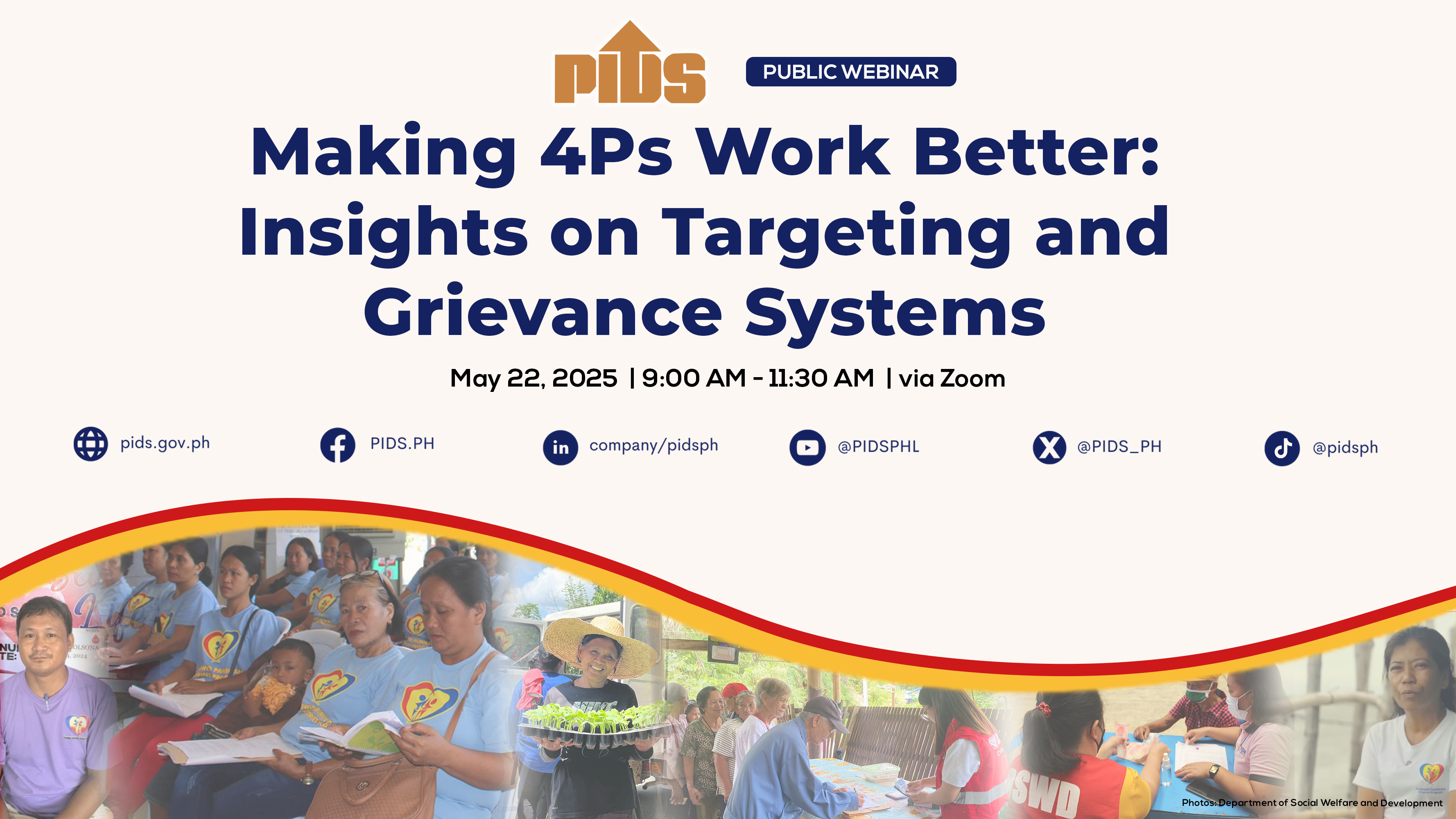IN my column two Sundays ago, I highlighted the crucial role that rapid procurement and equitable distribution of vaccines played in addressing the coronavirus pandemic. This effort led to a significant portion of Filipinos receiving one or two doses of the Covid-19 vaccine by March 2023, ultimately resulting in the lifting of the state of public health emergency over the virus last July.
But despite the success of the Covid-19 vaccination program, I expressed concern about routine immunizations, which are essential for safeguarding vulnerable populations from vaccine-preventable diseases. My concern stemmed from recent experiences during a documentation project in Metro Manila, which revealed alarming declines in vaccination coverage among children and pregnant women. Factors contributing to this decline include vaccine shortages and issues with recording and reporting. I contextualized these challenges within the broader framework of our country's immunization program, tracing its history back to the establishment of the Expanded Program for Immunization (EPI) in 1976. Despite efforts to address vaccination coverage gaps, national rates of fully immunized children younger than 12 months have fallen, as reported by the Department of Health (DoH) and the United Nations Children's Fund. While demand-side issues such as behavioral perceptions may play a role, the primary challenges lie with the supply side, particularly within the DoH.
A significant study from the Philippine Institute for Development Studies (PIDS) Research Paper Series 2022-04, titled "An Assessment of the Expanded Program on Immunization (EPI) in the Philippines: Supply-side Challenges and Ways Forward," provides compelling evidence that most of the EPI challenges stem from the DoH rather than from the demand side or vaccine users. Authors Valerie Gilbert T. Ulep, a PIDS senior research fellow with a PhD in Health Economics from McMaster University in Canada, and Jhanna Uy, a PIDS supervising research specialist and a lecturer at the Ateneo de Manila University's Health Sciences Program with a master's degree in Epidemiology from the Harvard School of Public Health, assessed the EPI's performance over the past 30 years, focusing on coverage, timelines and equity of administration. They identified supply-side challenges that hindered the attainment of national immunization targets and proposed short- and long-term recommendations to improve the program. Their methods relied mainly on secondary data, complemented by document and literature reviews.
From the authors' evidence-based narrative, it's clear that the Philippine EPI journey has been fraught with challenges despite significant investments over the past three decades. The country has experienced fluctuating immunization coverage and never met the 95-percent target for children's basic vaccination, unlike many Southeast Asian countries where high coverage levels have been achieved and sustained. Regional disparities are evident, with Region 12 and the Autonomous Region in Muslim Mindanao showing alarming declines in coverage.
Routine immunization is primarily provided in public facilities and exhibits remarkable uptake even among wealthier segments of society, mitigating socioeconomic disparities. However, a significant number of children fail to complete their vaccine series, with maternal education and health care access being crucial factors affecting completion rates. Despite a slight advantage in coverage among the affluent, the decline in basic immunization has affected all socioeconomic groups, with the wealthy experiencing the sharpest drops. Public confidence in vaccine safety plummeted following the Dengvaxia controversy in 2016. Untimely immunization further compounds the challenge, with only a fraction (10.6 percent) of children receiving vaccinations according to the recommended schedule, indicating systemic issues in delivery and coordination within the immunization program
Financially, the EPI is a priority for the DoH, allocating 7.2 percent — P7.3 billion — of its annual budget of P100.56 billion in 2020 to immunization. Public spending on immunization has seen a fourfold increase since 2005, largely attributed to the infusion of sin-tax revenues following the passage of the Sin Tax Law in 2012. However, a disproportionate amount (97 percent) has been spent on vaccine procurement, neglecting investments in strengthening the health system.
The majority of DoH EPI funds are used to add and pay for new vaccines, particularly the pneumococcal vaccine (PCV) and the vaccine for the human papillomavirus (HPV), which were recommended by the World Health Organization for EPI. PCV and HPV vaccines, which have low uptakes, accounted for more than 70 percent of total vaccine spending in 2018 and 2019. Spending on routine child vaccines remained relatively stable during the same period.
The procurement and delivery of vaccines reflect a government-centered model typical of developing countries with expanding health systems. Efforts toward vaccine independence have been hindered by repeated procurement failures, leading to artificial stockouts and logistical challenges. Inadequate planning, insufficient warehousing, and bureaucratic difficulties have worsened these challenges, stressing the need for systemic reforms beyond vaccine procurement.
Despite substantial investments in vaccine procurement, the EPI's operational capacity remains strained, with little attention given to system strengthening and human resources. This is evident in the overwhelming tasks covered by a scant number of technical staff at the DoH, emphasizing the need for capacity building and streamlined coordination efforts to ensure the EPI's success.
The authors have proposed a comprehensive roadmap for revitalizing the Philippine EPI, encompassing short-term interventions and long-term strategic reforms. As the Ulep-Uy EPI assessment paper was written in 2022, it is hoped that the new DoH leadership has heeded their recommendations. However, it's alarming that, close to half a century since the inception of the EPI in the country, recent observations in a Metro Manila village indicate that the program is yet to show a significant improvement.

